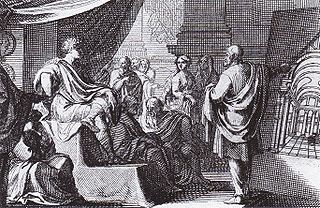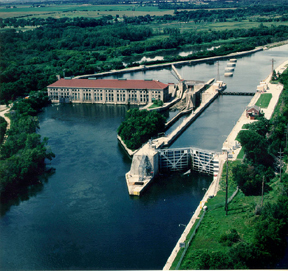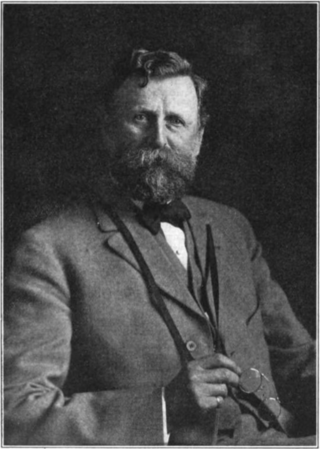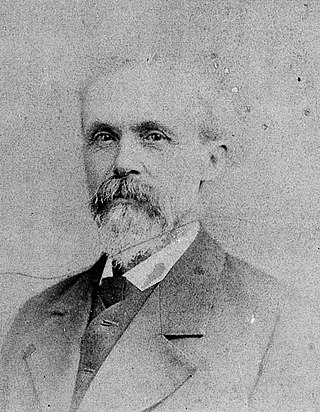Treatise on Masonry Construction
As an author, he was widely known for his 1889 Treatise on Masonry Construction which was the first comprehensive book on the subject. He also collaborated with William A. Radford. At the 1893 World's Columbian Exposition he led the division on engineering education, which formed the Society for the Promotion of Engineering Education (SPEE).
A contemporary review in the New York Engineering and Building Record described the Treatise as a broad and satisfactory treatment of the subject, with a few areas worthy of improvement. The reviewer called Baker's "almost unqualified approval of dolomites" questionable, noting that New York engineers found local sources of such material substandard. The reviewer also took issue with the illustrations for kinds of masonry and finished surfaces, which Baker had taken from a report of the American Society of Civil Engineers, observing that they were not up to the quality of the other illustrations in the book, and were somewhat misleading as rather than being illustrations of good quality work were in fact pictures of farm fences in Connecticut. Other points that the reviewer took issue with were the use of concrete to make pneumatic foundations watertight, the reviewer asserting that "no amount of concrete will do this".
The reviewer observed an omission of a 1889 expert Report of the New York Aqueduct Commission, and the lack of a chapter on inspection, given the likelihood that the engineering students that the book was originally aimed at would likely find themselves doing masonry inspection after graduation. Conversely, the book's index, and its various tables and diagrams were described as "good"; with theoretical problems "simply and clearly stated" and typical specifications "well selected".
By 1909, the book was in its tenth edition, revised and enlarged from the first. An example of a professional engineer's use of the Treatise was published as Fisher 1896 in the same Engineering and Building Record.

Vitruvius was a Roman architect and engineer during the 1st century BC, known for his multi-volume work titled De architectura. As the only treatise on architecture to survive from antiquity, it has been regarded since the Renaissance as the first book on architectural theory, as well as a major source on the canon of classical architecture. It is not clear to what extent his contemporaries regarded his book as original or important.

The Chicago Sanitary and Ship Canal, historically known as the Chicago Drainage Canal, is a 28-mile-long (45 km) canal system that connects the Chicago River to the Des Plaines River. It reverses the direction of the Main Stem and the South Branch of the Chicago River, which now flows out of Lake Michigan rather than into it. The related Calumet-Saganashkee Channel does the same for the Calumet River a short distance to the south, joining the Chicago canal about halfway along its route to the Des Plaines. The two provide the only navigation for ships between the Great Lakes Waterway and the Mississippi River system.

A pier, in architecture, is an upright support for a structure or superstructure such as an arch or bridge. Sections of structural walls between openings (bays) can function as piers. External or free-standing walls may have piers at the ends or on corners.
Mansfield Merriman was an American civil engineer, born in Southington, Connecticut.

The Yingzao Fashi is a technical treatise on architecture and craftsmanship written by the Chinese author Li Jie, the Directorate of Buildings and Construction during the mid Song Dynasty of China. He revised many older treatises on architecture from 1097 to 1100. By 1100, he had completed his own architectural work, which he presented to Emperor Zhezong of Song. The emperor's successor, Emperor Huizong of Song, had the book published in 1103 to provide architectural standards for builders, architects, literate craftsmen, and the engineering agencies of the central government. Li Jie was then made the Director of Palace Buildings. Thereafter, Li helped oversee the construction of administrative offices, palace apartments, gates and gate-towers, the ancestral temple of the Song Dynasty, along with numerous Buddhist temples.
James Kip Finch was an American engineer and educator.

A skew arch is a method of construction that enables an arch bridge to span an obstacle at some angle other than a right angle. This results in the faces of the arch not being perpendicular to its abutments and its plan view being a parallelogram, rather than the rectangle that is the plan view of a regular, or "square" arch.

Peter Nicholson was a Scottish architect, mathematician and engineer. Largely self-taught, he was apprenticed to a cabinet-maker but soon abandoned his trade in favour of teaching and writing. He practised as an architect but is best remembered for his theoretical work on the skew arch, his invention of draughtsman's instruments, including a centrolinead and a cyclograph, and his prolific writing on numerous practical subjects.

Isham Randolph was an American civil engineer who is best known as the chief engineer of the Sanitary District of Chicago during the construction of the Chicago Sanitary and Ship Canal. Randolph had no formal engineering training, he began his career as a railroad axeman. After completing the Chicago Sanitary and Ship Canal, at the time the largest canal in the world, Randolph became a consulting engineer on the Panama Canal at the request of the Roosevelt Administration.

George Leonard Vose was an American civil engineer and Professor of Civil Engineering at Bowdoin College and Massachusetts Institute of Technology, known as educator in the field of railroads, and from his "Manual for railroad engineers and engineering students" (1873).

Alfred Wingate Craven was a chief engineer of the Croton Aqueduct Department, was a founding member—and host of its initial meeting—of the American Society of Civil Engineers and Architects, which later became the American Society of Civil Engineers (ASCE).

Sir Thomas Hudson Beare FRSE RSSA was a British engineer. He was successively Professor of Engineering at Heriot-Watt University, Edinburgh, at University College, London, and Regius Professor of Engineering at the University of Edinburgh.

George Holt Henshaw was a Canadian engineer and draftsman, who worked as engineer in waterworks and for railway companies in Canada, the United States and Denmark. He is particularly known for drafting the first organizational chart designed by Daniel McCallum.

William Ezra Worthen was a Harvard-educated American civil engineer. He was President of the American Society of Civil Engineers in 1887, and elected an Honorary Member in 1898.

A gravity sewer is a conduit utilizing the energy resulting from a difference in elevation to remove unwanted water. The term sewer implies removal of sewage or surface runoff rather than water intended for use; and the term gravity excludes water movement induced through force mains or vacuum sewers. Most sewers are gravity sewers; because gravity offers reliable water movement with no energy costs wherever grades are favorable. Gravity sewers may drain to sumps where pumping is required to either force sewage to a distant location or lift sewage to a higher elevation for entry into another gravity sewer, and lift stations are often required to lift sewage into sewage treatment plants. Gravity sewers can be either sanitary sewers, combined sewers, storm sewers or effluent sewers.
Malcolm Pirnie Sr. was an American civil and consulting engineer, pioneer in sanitary engineering, founder of Malcolm Pirnie, Inc., and president of the American Society of Civil Engineers in 1944.

Clement Edwin Stretton was a consulting engineer and author. He wrote several books, as well as numerous papers on the subjects of railways and freemasonry, being active during the latter part of the 19th and early 20th centuries. His two major works, Safe Railway Working: A Treatise on Railway Accidents (1887) and The Locomotive Engine and its Development (1892), ran to 3 and 6 editions respectively. He also produced a lengthy history of the Midland Railway (1901).

William A. Radford (1865–1943) was an American architect and publisher of numerous architectural and construction books via his Radford Architectural Company in Chicago, Illinois.
Rupert Cavendish Skyring Walters was a New Zealand-born British civil engineer, geologist and author, specialising in water supply. He is known for his work on the dams at British reservoirs including Sutton Bingham, Lamaload, Weir Wood, Drift and Stithians. He spent much of his career at Herbert Lapworth Partners (1932–67) in London. His books were The Ancient Wells, Springs, and Holy Wells of Gloucestershire (1928), The Nation's Water Supply (1936) and Dam Geology (1962), and he also published on English hydrogeology and the history of engineering in antiquity. He was the president of the Institution of Water Engineers (1951–52), and an elected fellow of the Geological Society of London and Institution of Civil Engineers.















